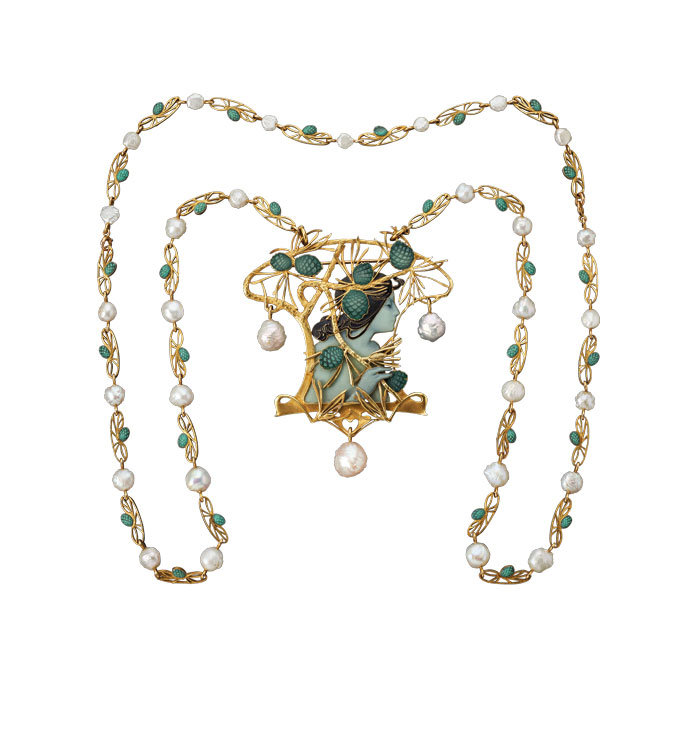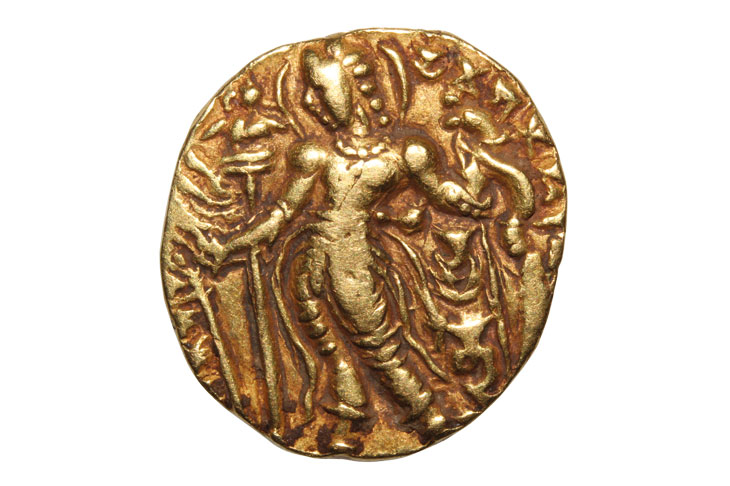Slow Art Workshop (SAW) evolved out of the conversations I had after publishing an article on Apollo’s online pages about the planned closure of Christie’s South Kensington. I wrote that piece while sitting on the magazine’s stand at an art and antiques fair, surrounded by the riches that the art market has to offer – an astonishing array of everything from antiquities to tribal art, sculpture, furniture, manuscripts, ceramics, textiles, and Wunderkammer objects. Many people, and not least the young, know next to nothing about these kinds of objects. Here, too, were curators and specialist dealers from across the globe – custodians of a phenomenal repository of scholarship and connoisseurship, and with an understanding of and feeling for objects that will endure only if passed on to the next generation.
SAW aims to harness this expertise – and goodwill – to give people of any age who are curious about any kind of art the opportunity not only to look at it in small groups, but to handle it and ask questions. The idea is to offer workshops at art fairs, during gallery weeks, and in museums, with a focus on a single work of art or a small group of related objects.
Necklace (c. 1899–1900), René Lalique. Wartski at Masterpiece London

This month SAW’s first art fair pop-up takes place at Masterpiece London (29 June–5 July). Participation in daily 20-minute sessions, generously hosted by insurance brokers JLT Specialty, is offered on a first-come, first-served basis. Marcus Flacks is presenting a small, rare Chinese scholar’s rock; Errol Manners contrasts a rustic pottery jug with Meissen court porcelain; and Wartski’s Katherine Purcell places a Lalique pendant in its art-historical context – and possibly in your hands. Longer workshops come courtesy of dealers and auction-houses participating in London Art Week (30 June–7 July); these are also free, but must be booked, as must other SAW events at the Photographers’ Gallery and Oliver Hoare’s ‘Every Object Tells a Story’ exhibition (until 5 July).
Museum workshops begin – with an appropriate subject – on 30 June, when Hugo Chapman and Isabel Seligman of the British Museum reveal how in prints and drawings artists from the Renaissance onwards have attempted to regulate and slow down the visual comprehension of their work. Jo Rhymer of the National Gallery will invite visitors to immerse themselves in a single painting, being guided towards a deeper connection with it through the use of mindfulness techniques. Outside London, Catherine Whistler opens up the print room of the Ashmolean Museum, Oxford, for a workshop to coincide with ‘Raphael: The Drawings’ (until 3 September), while Adrian Popescu of the Fitzwilliam Museum, Cambridge, offers handling sessions during ‘Elephants, Deities and Ashoka’s Pillar: Coins of India from Antiquity to the Present’ (until 1 October).
Dinar, showing Chandragupta II (376–415) with a strung bow and arrow (n.d.), India, Gupta dynasty. © Fitzwilliam Museum, Cambridge

Anyone, anywhere in the world, interested in hosting a Slow Art Workshop should visit the website, which also gives full details of all events. Those who do attend may like to take an ‘I SAW’ badge or two to spread the word.
For more information, visit the Slow Art Workshop website.
From the June 2017 issue of Apollo. Subscribe here.


